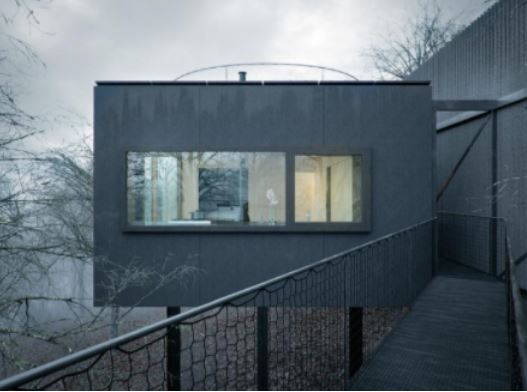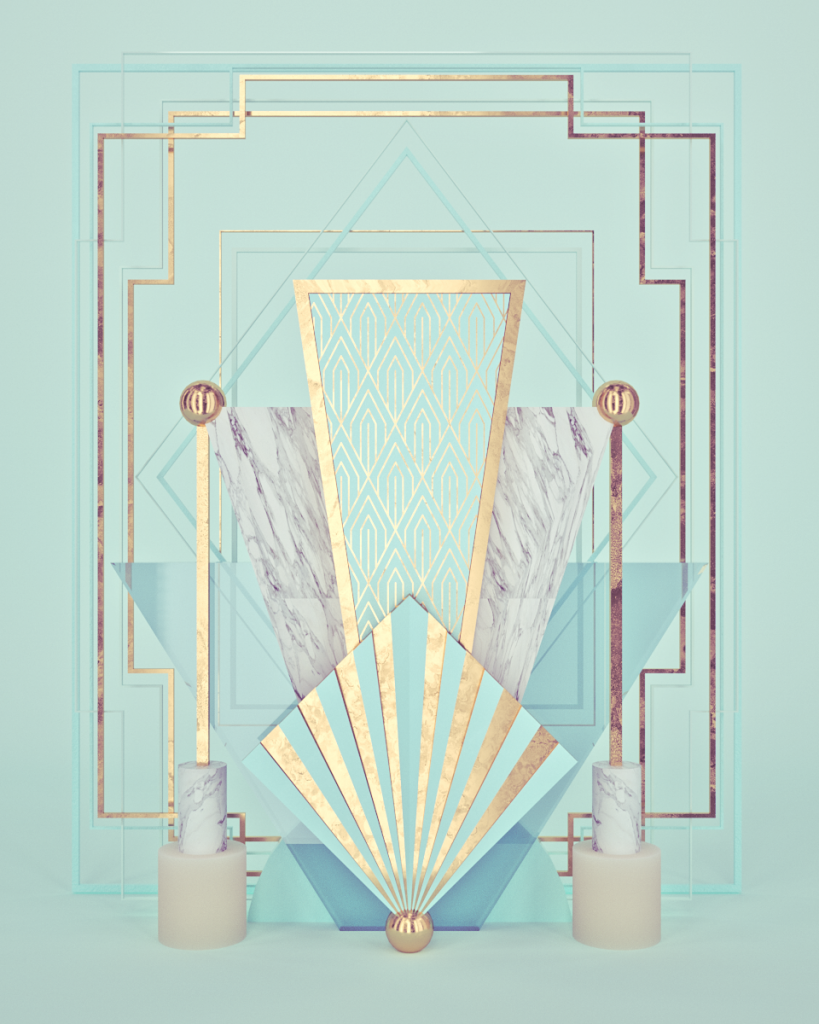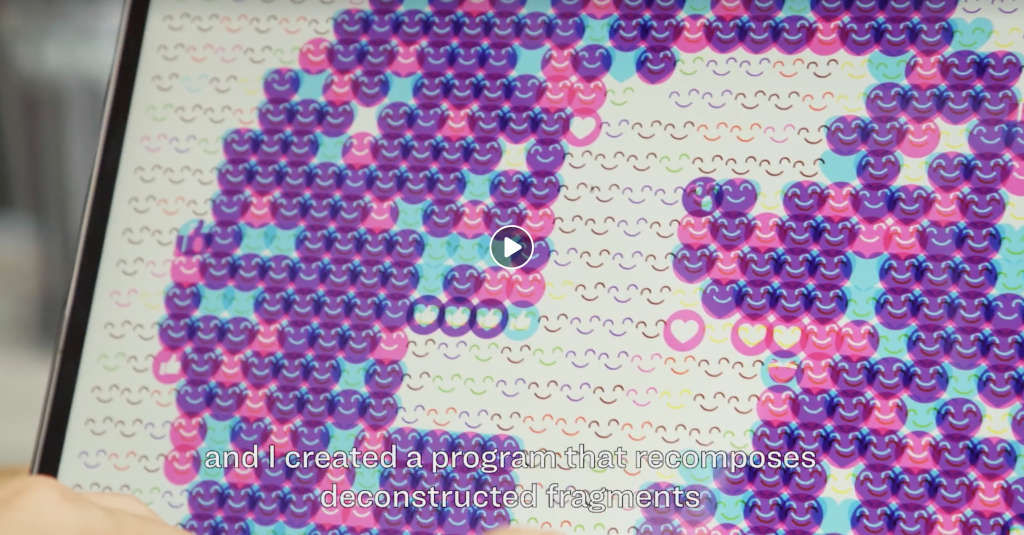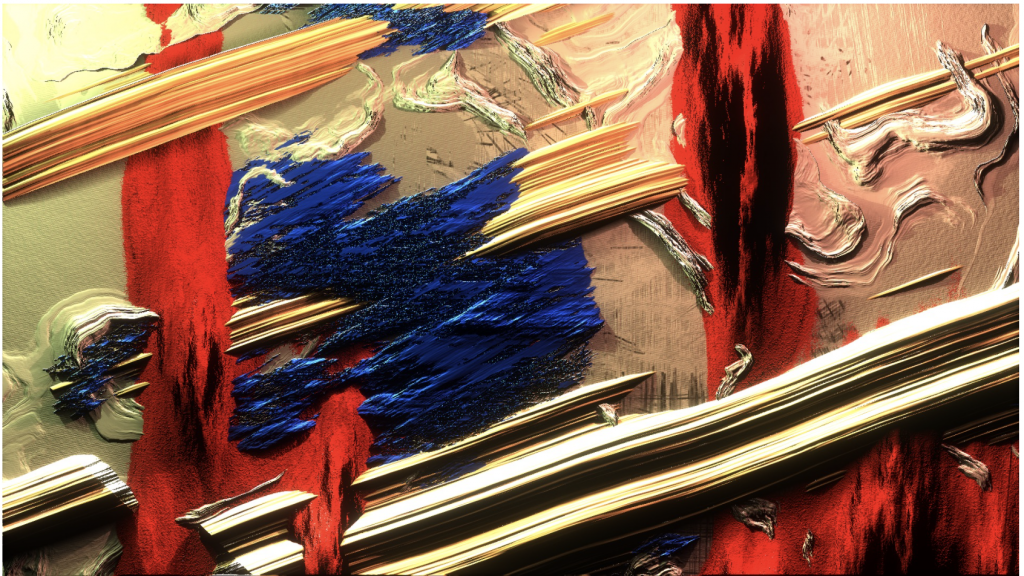Random Internationals Swarm Studies is incredible because it automatically draws people in. It allows people to interact with the piece through visuals, audio, and motion. I agree with Mango in that I also admire how the piece manifests unique forms with each interaction it has with each person. In a way, it encourages people to become an artist themselves and create their own personalized experiences.
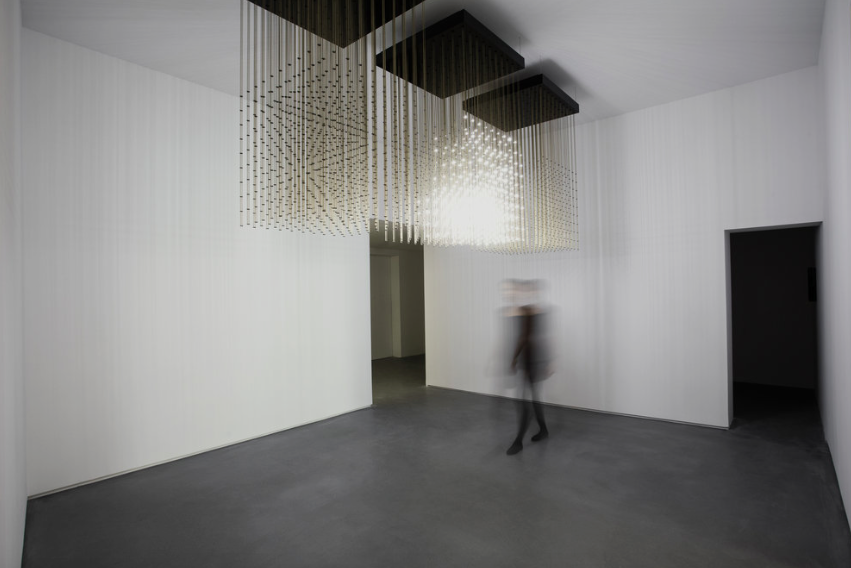
I also believe that Random Internationals wanted to imitate the acrobatic efficiency of birds in flight. It seems like mystery how entire flocks of birds are able to make quick, instant turns when they are flying forty miles per hour. Studies have shown that flocks are able to propogate easily because each bird watches for the moves of their nearest neighbor. Similarly, each light source in the piece changes their direction and motion in response to the noise near them, resulting in collective behavior.
In this way, I think that the creators’ artistic sensibilities are rooted in togetherness. The act of collective behavior of the lights, people, and their interactions, can lead to artistic experiences.
![[OLD FALL 2020] 15-104 • Introduction to Computing for Creative Practice](../../../../wp-content/uploads/2021/09/stop-banner.png)

